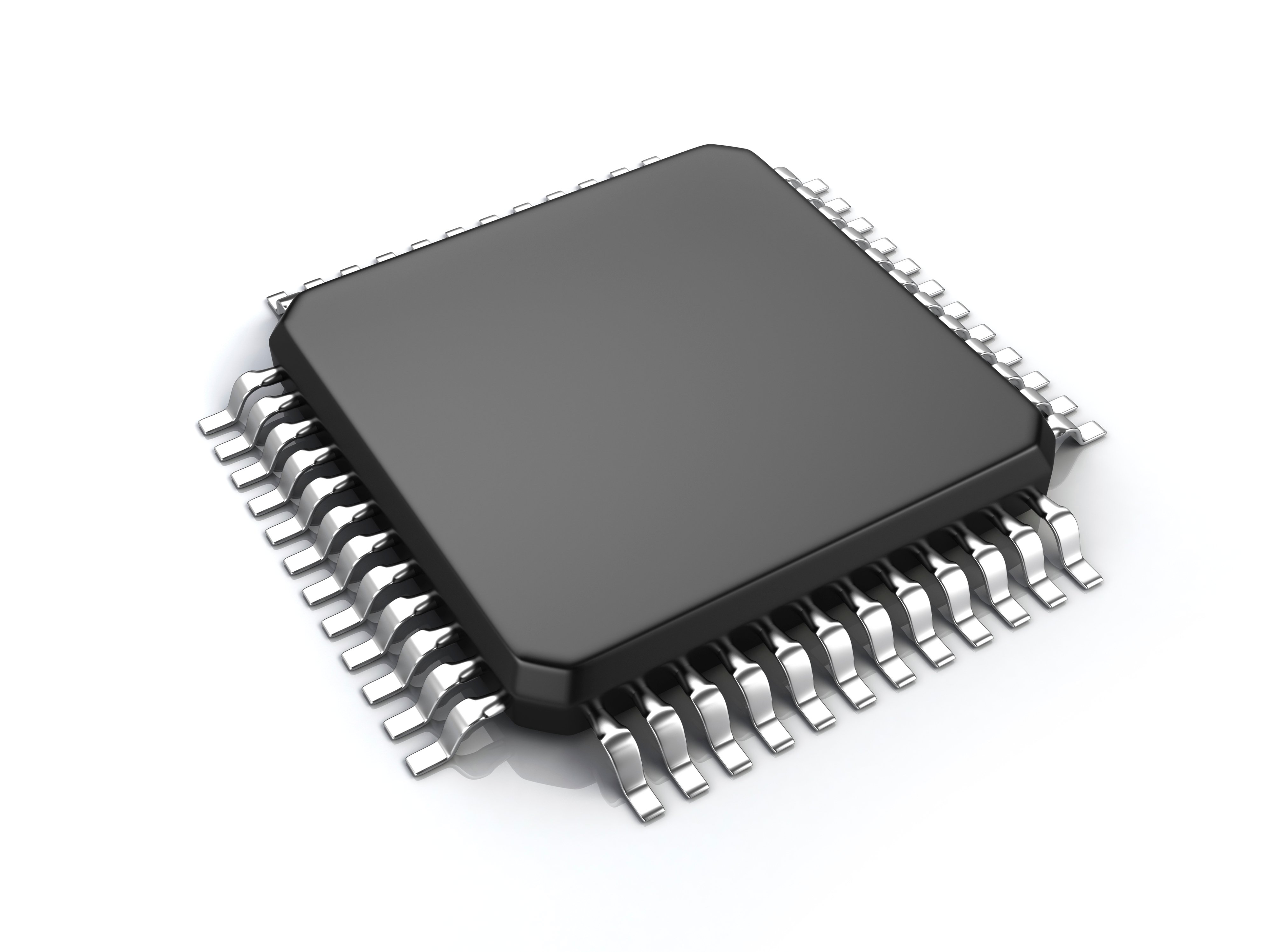Introduction
In today's technology-driven world, microcontrollers play a pivotal role across a broad spectrum of industries, powering everything from household appliances to sophisticated industrial machinery. These tiny yet powerful devices are the unsung heroes behind the seamless operation of myriad electronic systems, facilitating enhanced functionality and connectivity. The ubiquity of microcontrollers in our daily lives underscores their importance, yet their intricate details and broad applications remain a mystery to many.
This article aims to demystify the world of microcontrollers, offering a comprehensive overview that spans their basic definitions, various types, and widespread applications. Whether you're a seasoned engineer, a budding developer, or simply a tech enthusiast, understanding microcontrollers will equip you with better insights into the digital world that surrounds us. By exploring their specifications, key uses, and the future landscape of technological developments they enable, this guide will provide you with a solid foundation in how microcontrollers are shaping the future of innovation.
I. Understanding Microcontrollers
A. Definition and Functionality
A microcontroller is a compact integrated circuit designed to govern a specific operation in an embedded system. Typically, microcontrollers are used to execute a single task within a larger technological system, distinguishing them from microprocessors, which are the brains behind computers running multiple complex applications. At their core, microcontrollers integrate a processor, memory, and input/output (I/O) peripherals on a single chip, a setup that offers considerable advantages in simplicity and cost effectiveness.
These devices are crucial in various electronic applications because they can reliably perform control-oriented activities. For instance, a microcontroller reads the input data from its environment through sensors, processes this information, and responds by triggering actuators or other devices. This role is vital in everything from simple home appliances that adjust temperature to advanced robotic systems that perform precise manufacturing tasks.
B. Types of Microcontrollers
Microcontrollers vary significantly in their capabilities and specifications, tailored to meet the demands of different applications. The classification primarily depends on their memory, processing power, and architecture. The most common types include:
- 8-bit microcontrollers: These are used in applications requiring simple, straightforward operations, as they are capable of executing smaller instructions more efficiently. They are commonly found in household appliances and basic consumer electronics.
- 16-bit microcontrollers: Offering more computational power than 8-bit counterparts, these are suitable for applications that require higher precision and greater efficiency, such as in automotive control systems and more complex consumer gadgets.
- 32-bit microcontrollers: These microcontrollers provide even greater computational abilities and memory capacities, making them ideal for highly demanding applications such as multimedia systems, advanced automotive controls, and comprehensive industrial automation systems.
Each type of microcontroller brings its own set of advantages to the table, from cost and power consumption to computational capabilities, allowing designers to choose the most appropriate microcontroller based on the specific needs of their project.
II. Applications of Microcontrollers
A. Consumer Electronics
Microcontrollers are integral to the functionality and user experience of a wide array of consumer electronics. These devices enable the intelligence and responsiveness seen in modern gadgets. For instance, in smartphones, microcontrollers manage power supplies and sensor integrations, allowing for features like touch screens and gesture control to operate smoothly. Similarly, in smart home devices such as thermostats and security systems, microcontrollers process environmental data to automate and enhance household operations, promoting convenience and energy efficiency.
The role of microcontrollers extends to wearable technology as well. Devices such as fitness trackers and smartwatches rely heavily on microcontrollers to process physiological data in real time, delivering insights into health metrics like heart rate and activity levels. The compact size and efficiency of microcontrollers are crucial in these applications, where space is limited and power conservation is a priority.
B. Automotive Industry
In the automotive sector, microcontrollers are fundamental to both basic functions and advanced features of modern vehicles. They control various systems within a car, from managing engine operations to optimizing fuel consumption and emissions in the engine control units (ECUs). The sophistication of microcontrollers facilitates more advanced applications such as infotainment systems, which provide navigation, communication, and entertainment options, enhancing the driving experience.
Moreover, microcontrollers are pivotal in implementing advanced driver-assistance systems (ADAS). These systems use data from various sensors around the vehicle to offer features like automatic braking, lane-keeping assist, and adaptive cruise control. By doing so, microcontrollers significantly contribute to improving vehicle safety and driving comfort, showcasing their versatility and capability in high-stakes environments.
C. Industrial Automation
In the realm of industrial automation, microcontrollers are key to increasing productivity and efficiency. They are employed in various applications ranging from simple machine control to complex robotics and Internet of Things (IoT) solutions. For example, in manufacturing, microcontrollers control robotic arms to perform precise, repetitive tasks, enhancing speed and accuracy while reducing human error.
Microcontrollers also facilitate the integration of IoT in industrial settings, where they process data from connected devices to monitor and manage operations in real time. This capability allows for predictive maintenance, optimized resource usage, and enhanced system management, transforming traditional industries into smart factories.




